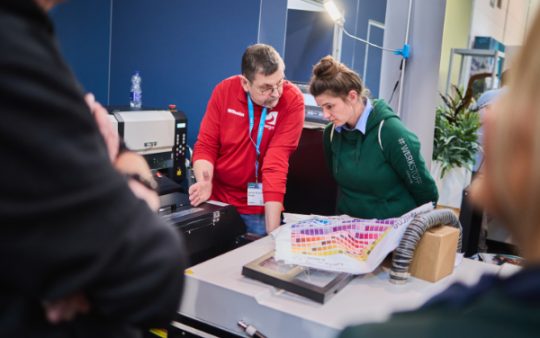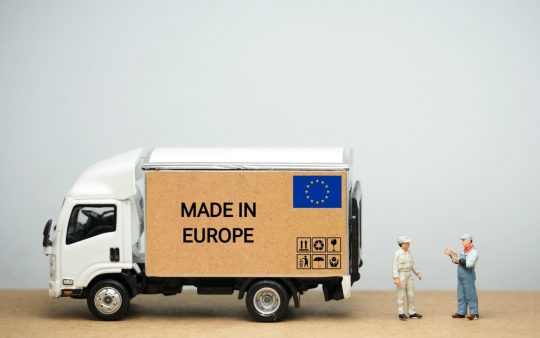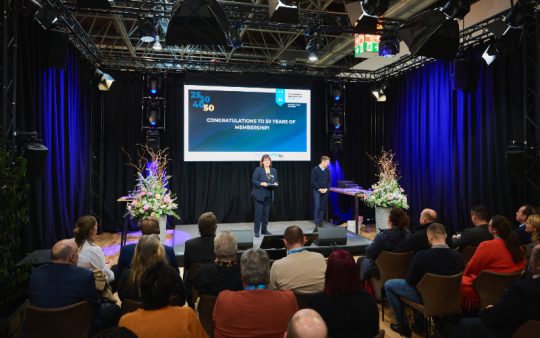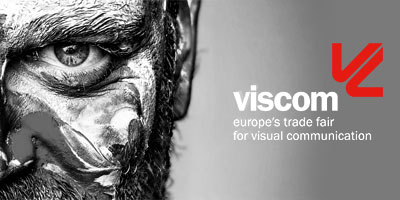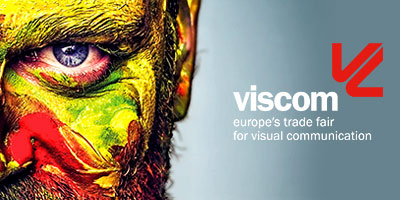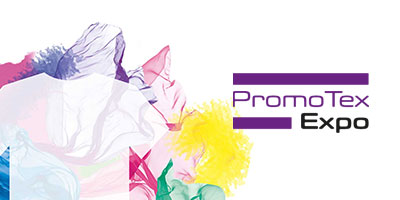One year of ABC x PSI: Fresh strategies for our social media accounts

Published on 27.09.2024
About a year ago, the Hamburg-based creative agency About Brand Communication took over the management of PSI’s social media channels on LinkedIn, Facebook and Instagram and has since provided new impetus with creative approaches. The agency develops customised campaign ideas and communication strategies and implements them for the leading European Trade Show for Promotional Products, Incentives and Merchandising, as well as for Europe’s largest entwork in the promotional products industry. In this interview, Luisa Sorge, Director Creative Strategy, Mirjam Breitenbach, Content Manager and Joscha Henningsen, Managing Partner, talk about their PSI experience to date and their vision for future collaboration.
So who are you, what do you do and how can you describe your job?
Joscha Henningsen: ‘We are part of ABC’s Creative Strategy and Content Unit and are essentially responsible for the social media communication of the PSI accounts. This means that, in addition to a number of other customers and accounts with different focuses, we cover the entire process from strategy to editorial planning, design, publication, community management and paid social. But we also have support from other colleagues and, of course, the PSI team at RX Germany.’
Mirjam Breitenbach: ‘Our work usually begins with close coordination in weekly editorial conferences with the PSI team and the editorial team of the PSI Journal. This is where we define the content for our various formats and discuss key topics, which we then prepare, write and design for social media. We also analyse all publications, the paid social results and the general performance of the accounts at regular intervals and then incorporate these findings into future topics, formats and actions.’
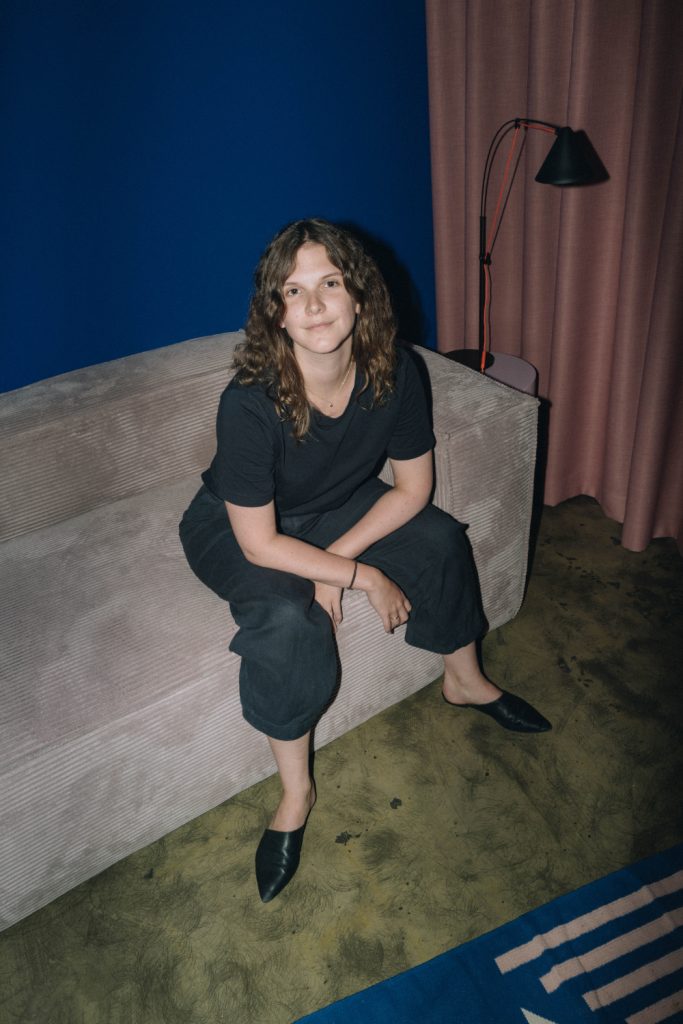
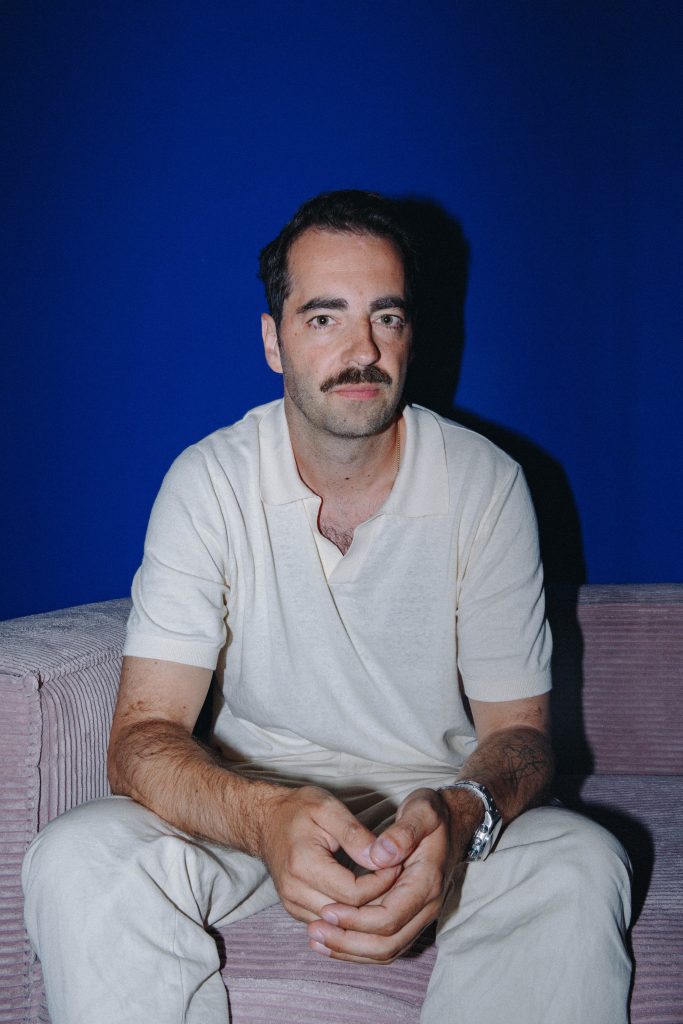
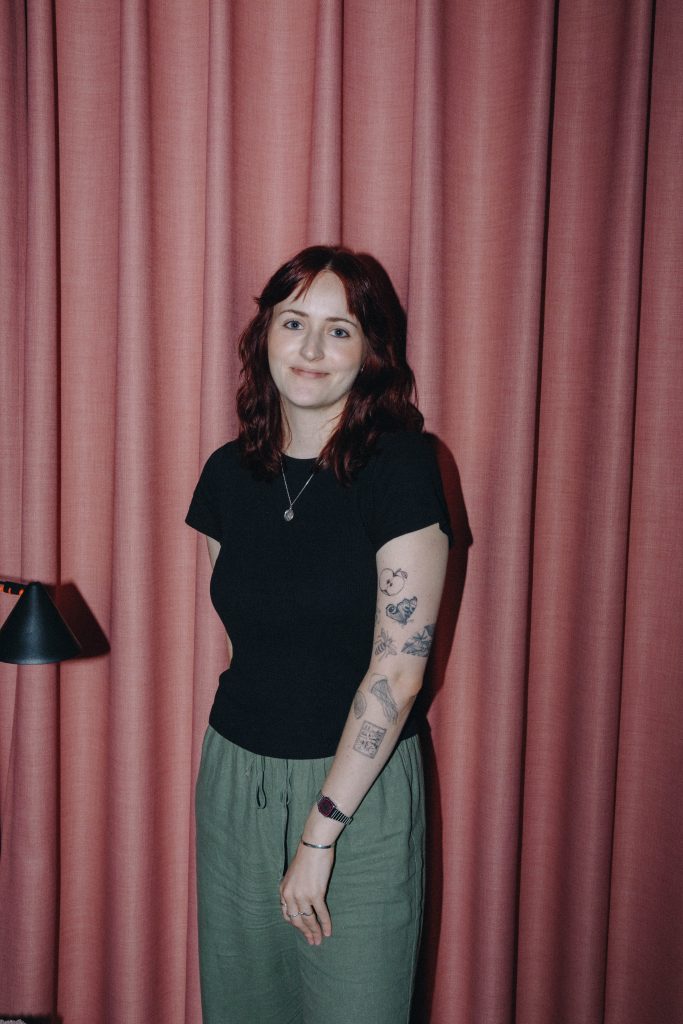
How did you approach the development of a social media strategy for PSI, even though you are from a different industry?
Luisa Sorge: ‘As a creative agency, we usually come from outside the industries at first. Our clients include international corporations from a wide range of sectors, from the beverage and spirits industry to the technology sector to companies from the consulting and general services industry.
and the general service industry. For us, the process therefore always starts in a very similar way: we identify the essential values and characteristics of the brand (in this case PSI), we analyse the behaviour and character traits of the target group and determine an intersection. To put it quite simply. Of course, there are other points to consider, e.g. trends and techniques; objectives of the brand managers; material availability or other restrictions. But essentially, it’s about providing relevant content for the target group – and in this case, relevant doesn’t just mean relevant in terms of content, but also visually appealing.’
Joscha Henningsen: ‘…and of course the first glimpse behind the scenes in January 2023, a few months before we actually started, also helped us. Seeing how everything comes together in Düsseldorf, what the visitors and exhibitors say; how the team reacts; what the vibe is like on the floor – that’s extremely helpful!’
Can you show us an example of a particularly successful content format that you have realised for PSI? realised for PSI? What were the main factors behind its success and how did you add your own flavour? added your own flavour?
Mirjam Breitenbach: ‘Successful content usually can’t be identified by just one factor. However, we realised relatively quickly that content that takes place in a trade show context works very well, which is why it is important for us to produce as much content as possible on site. Moving images in particular play a key, really important role here. Formats that have been created in this way include our ‘Rapid Recap’, in which we asked the various speakers to summarise the three most important learnings immediately after their presentations on stage.’
Luisa Sorge: ‘…or the “Tomorrow Talks” – a format in which we asked a large number of PSI visitors to agree or disagree with five theses on sustainability, digitalisation or the future. A good example of a format that subsequently makes for a great interactive piece of content.’
How do you measure the success of your social media activities in the promotional products industry? Which key figures and KPIs have proven to be particularly informative for you?
Joscha Henningsen: ‘That’s very exciting, because PSI is a bit different: it’s a trade show with a very defined trade audience and also a strong time peek that peaks with the trade show in January. Traditional, purely quantitative reach figures are therefore not quite as applicable as for other sectors with broad consumer target groups. Our standards are therefore more qualitative: the editorial work in preparation, for example. So is all the information correct? Are we quick when it comes to news? Do we cover all areas, i.e. is the target group reflected in our formats? What are the reactions to our content like? How do we grow organically? How do we create visibility and relevance during the year, before and after January? Our KPIs therefore tend to focus more on frequency, interaction, sentiment, clicks, video views and less on reach, impressions, CPM, etc.’
The struggle is real, isn’t it? How did you deal with the specific challenges you faced when staging PSI and promotional items on social media?
Luisa Sorge: ‘PSI is not a tangible, physical product, but much more a platform, a service or even an institution. It lives from its members, events and services, which cannot always be visualised 1:1. Together with the PSI team, we therefore defined a design approach and a tone of voice that does justice to this fundamental, institutional responsibility: a clear, serious, yet contemporary and friendly appearance. Of course, this also applies to the productions during the trade fair, for the sound bites and interviews, for the visual language.’
Mirjam Breitenbach: ‘… and also our attitude in the editorial work: the aim is to convey a maximally competent, innovative, holistic perspective on promotional products. I think we’re succeeding quite well overall.’
How do you deal with criticism/crisis management/community management?
Mirjam Breitenbach: ‘Preparation is everything – as is so often the case. In social media communication, we actually provoke reactions: we publish articles and posts with the clear aim of encouraging interaction. Whether it’s a like, comment, click or direct message. It’s all about the exchange. And just like in real life, communication can trigger criticism. It is important to deal with this criticism openly and transparently. Blocking, arguing, discussing – at least without a sense of consensus – is not very helpful.’
Joscha Henningsen: ‘… On the other hand, we also make sure that everyone sticks to the rules, that there is no trolling or insults and that the comment column remains a place for lively, respectful discourse. For all extreme exceptions, there is crisis management and a clear recommendation for action to our PSI contact persons.’
Luisa Sorge: ‘… But that practically never happens with PSI, quite the opposite: we can really see how there is usually a great dialogue between partners and colleagues or like-minded people.’
If you could be a promotional item: Which one would it be?
Joscha Henningsen: ‘There can only be one answer for the Hamburg rain: an umbrella.’


